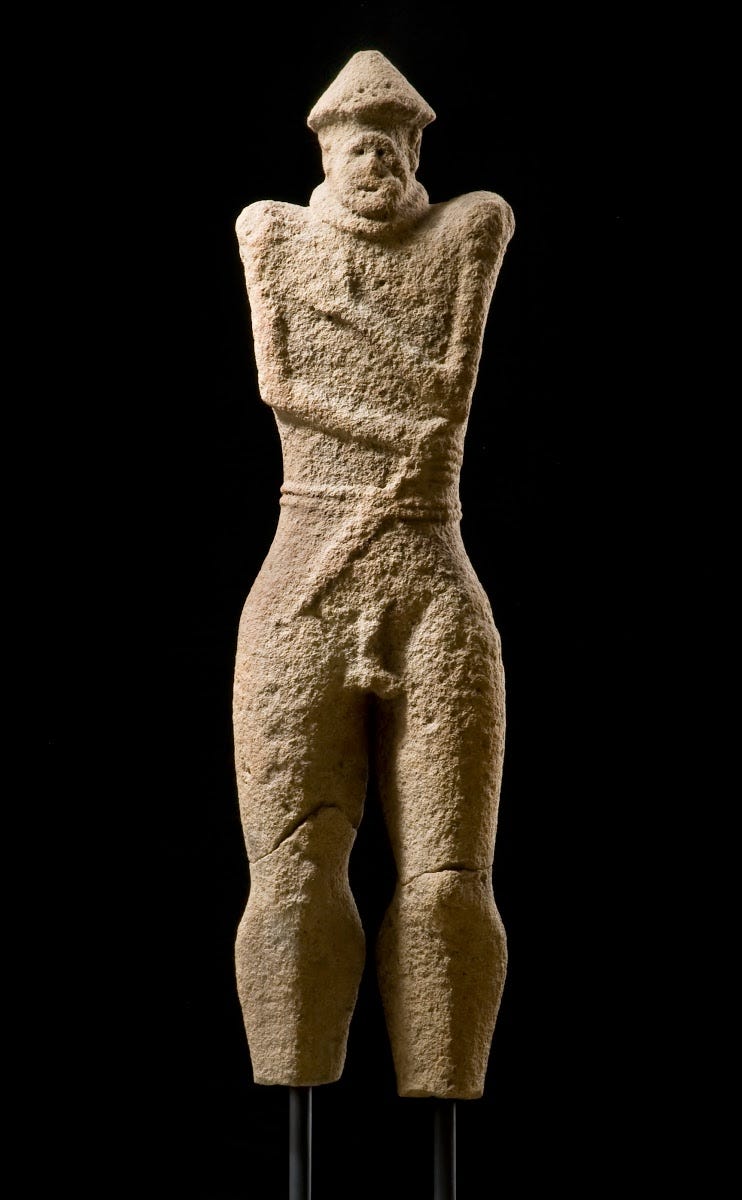Deep in our ancient past there existed a rite of passage that every boy had to enter to become a man. Not every young boy survived the rite, and certainly not all of them were meant to, as the death centered transition to manhood was by its very nature extremely dangerous. This is the history of the Kóryos and its integral impact on Indo-European history.
The term Kóryos is a reconstruction of an ancient proto-Indo-European word meaning something like war-band, or army. In each and every Indo-European language there are cognates that have taken root in every derivative culture, such as in the celtic languages where it was called Koryos, meaning troop, the Persian kāra, meaning army, as well as the Lithuanian kãras, meaning army. It is clear that these interconnected words all stem from a direct link to the same central idea of an army, but an army of what?
This army, was far more than an ordinary war-band. This group consisted of young men of various ages, and depending on the culture they grew up in the initiation into the war-band were different and commenced at different ages, but the murky origins are the same. Beginning as early as age 8 within the Vedic tradition boys began practicing the arts of hunting and fighting each other as well as reciting heroic poetry of past members deeds, and were initiated into the war-band proper at age 16 during the winter-solstice, the longest night of the year, in a ritual referred to as Ekāstakā.
The ages vary quite broadly but the general marker for a young man was near the onset of his puberty in which he was taken out from the village during winter and brought into a group of similarly aged young boys where in a group ranging from as low as 2 to as high as 20 young men would go through a ritual of dog or wolf sacrifice, consuming the beasts and entering a usually drug induced frenzy where they were beyond the reach of the law for several years, briefly interrupted by periods of return where they would again reenter the realm of the laws of man before quickly returning to their life of wild wolf-like behaviors.
These boys were entering an age between boy and man, and a position between invulnerability and death. For the Indo-European, the wolf represented death and the passage to the underworld. This is popularly known through the archetype of the underworld dog Cerberus, or Kérberos. In consuming the wolf there was an inversion of this role, and the boys became wolf-like. These werewolves, literally meaning man wolf, represented men who had undergone a ritual of death like rebirth in which they had consumed drugs of some sort, most likely hallucinogenic in nature, and became invulnerable in battle.
For many months of the year the boys would run wild, covered in varying degrees but mostly nude, covered only in a belt that held their weapon of choice as well as a wolf cloak, and sometimes carrying a small shield as their only protection. These boys would raid neighboring societies but never their own, raping women, killing the men during ambushes in the night, and howling in ecstasy as they plundered their wealth. For a short while each year they would return home again respecting the laws of their home, and removing their wolf cloaks. Though forbidden from such acts in their host society, the boys would not have viewed themselves as law-breakers for what they had done in the months prior, for during that time they were neither human nor were they in the reach of the law, they had been wolves.

This wolf-like war-band would eventually be ritualistically ended near the age of 18-20 in which the boys would either discard or burn their wolf-cloak and belt, returning home as men with their own property which they had earned through the right of conquest. These harden youths had passed through the harshest outlaw existence to carve out a space of their own, and now were able to marry and become leaders in their own society.
It is thought that the Kóryos is one if not the most important reason for the lightning quick expansion of Indo-European peoples, cultures, and language from the steppe outwards across Eurasia. In some areas of the early corded-ware culture graves were made up of almost entirely young men, consisting of almost 90% young males. It is hypothesized that the Kóryos first weakened and sometimes completely leveled surrounding societies or would otherwise act as a proving ground for the men of their own society to then take over later on.
Where ever they went they had young men constantly harassing, killing, stealing, and raping neighboring societies, quickly gaining territory year after year. The greatest warriors became heroes and had poetry sung about them long after their death to the young men being initiated in, spreading their kleos forever.
As the bronze age came to a calamitous conclusion and the onset of the iron age began, small remnants of the Kóryos carried on. In ancient Athenian society they became the Ephebos meaning young men, in the Norse tradition they carried on as the men we know as berserkers called úlfheðinn meaning wolf-coated, and would carry on traditions of wolf-like behaviors for several centuries after the end of the bronze age until they were eventually absorbed into the increasingly large empires that arose during the heights of antiquity.
Whether the walkers of the boundary of death, the purveyors of mischief and disorder, or the warriors covered in the dark of night, the Kóryos is deeply intertwined with Indo-European history, and cannot be disentangled from its rich warrior culture. For better or for worse, we are the sons of the Kóryos, and our ancestors conquered the world with violence and mayhem. Remember where you come from.






Have you read “The One Eyed God” by Kris Kershaw?
https://archive.org/details/396241694-kris-kershaw-the-one-eyed-god-odin-and-the-indo-germanic_202111